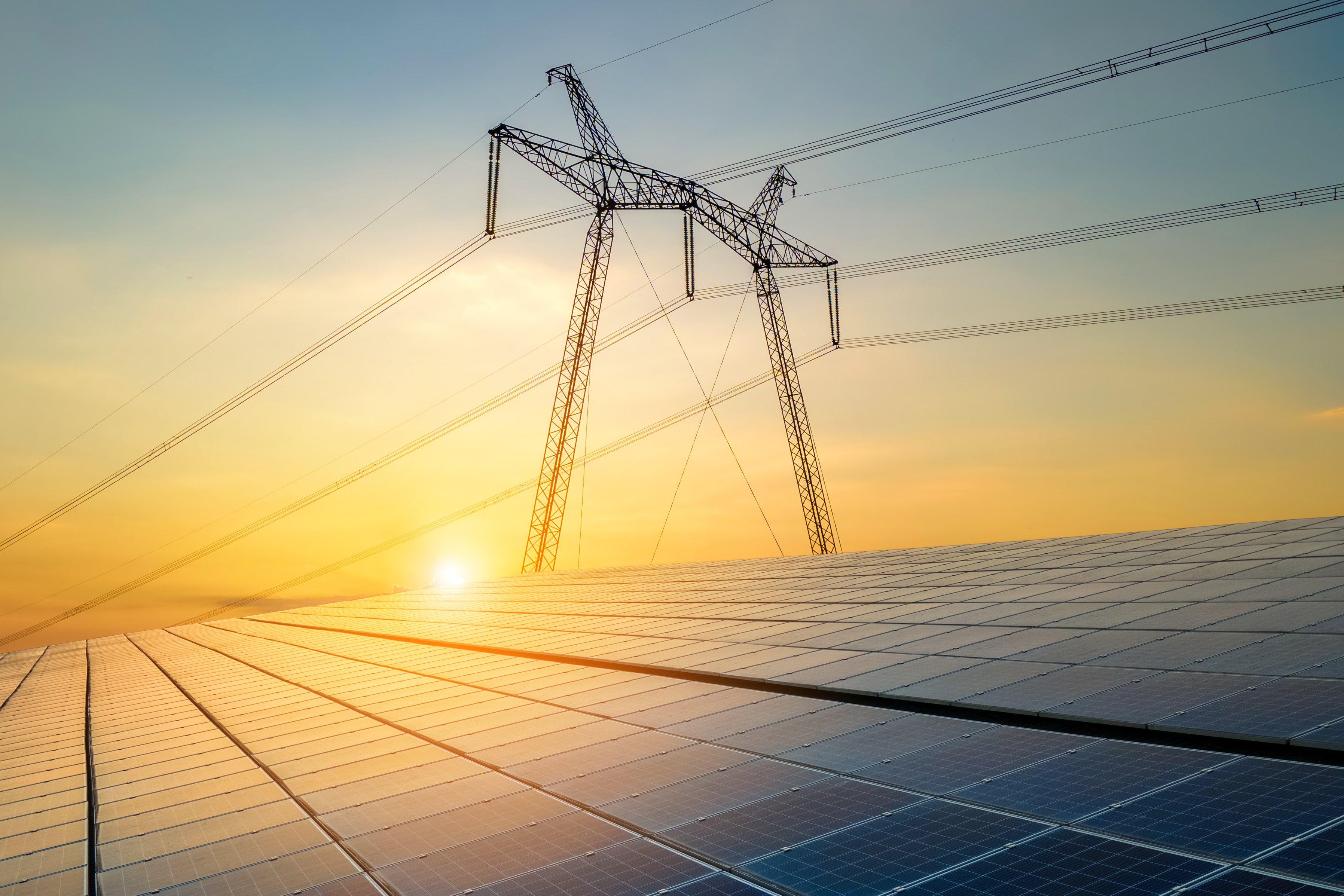Canadian Solar (CSIQ 0.49%) is one of the biggest solar manufacturers in the world, producing about seven out of every 100 solar panels made last year. But the company doesn't just make solar panels; it's also become a leading developer of solar projects with a large presence in Brazil, Mexico, China, and the U.S.
Being a leader in solar energy may sound like a lucrative business to be in, but that hasn't been the case traditionally. Despite building one of the biggest solar companies in the world, Canadian Solar's stock is down 53% in the last three years. Will the disappointment for investors continue, or is now the time to jump into Canadian Solar's stock?

Image source: Getty Images.
Manufacturing is the core of Canadian Solar
The chart below gives a good look at Canadian Solar's manufacturing history and future plans. The company's biggest business is solar panel (module) producing, but it's also increasing the percentage of raw materials made in-house -- from raw polysilicon ingots through thin slices of silicon called wafers to the solar cells that are able to turn solar energy into electricity.

Image source: Canadian Solar investor presentation.
Vertical integration and scale are important in solar manufacturing because they bring down the cost of manufacturing. Right now, Canadian Solar's biggest scale is on the module side, so it will be affected by the cost of raw materials not made in-house. For example, in the second half of 2017, the cost of ingots jumped about 20%, which put pressure on the margins of all solar manufacturers. This isn't necessarily bad, because the solar materials market is competitive and raw material prices have fallen rapidly over the past decade, but you can see that management is slowly integrating vertically to reduce input cost volatility and take more control over the technology going into solar panels.
Technology is the other piece of the manufacturing puzzle, and Canadian Solar is making sure manufacturing technology is keeping up with industry advancements. A few years ago, traditional solar cells were 15% to 18% efficient at turning solar energy into electricity, but technology advancements have improved that performance. Canadian Solar has built out high-efficiency cells called mono-PERC to go along with P3 and P4 technologies, which are based on traditional commodity solar manufacturing techniques (click here for a look at the difference between solar technologies).

Image source: Canadian Solar investor presentation.
As Canadian Solar pushes to into more efficient solar technologies, it will be able to differentiate itself from competitors and start charging a premium for its panels. There's some early evidence that margins are expanding, in part, because of Canadian Solar's technology. The gross margin chart below includes both the module and project business (which I'll cover below), but management said that manufacturing gross margin was 17% to 18% in the fourth quarter of 2017, well above where competitors are. Investors will want to watch Canadian Solar's gross margins versus competitors' to ensure than the advantage is durable over the next few years.
CSIQ Gross Profit Margin (Quarterly) data by YCharts
When you consider the scale Canadian Solar has, it could be one of the most profitable solar manufacturers in the world if it can continue to generate better margins than competitors.
The project development wildcard
On top of manufacturing solar panels, Canadian Solar develops entire solar projects around the world. This involves contracting a power purchase agreement with a utility, financing the project, building it, and then (usually) selling it to an investor.
But being in the project business can be boom and bust for a solar company. In Q4 2017, it was a booming business for Canadian Solar as the sale of 72.7 MW of high margin projects in Japan helped drive gross margins to 19.7%. In the first quarter of 2018, the trend will reverse. In the guidance section of Canadian Solar's most recent earnings release, the company said, "Gross margin for the first quarter is expected to be between 10% and 12%, which reflects the impact of lower margin U.S. solar projects we have already sold in the quarter." Based on the 17% to 18% manufacturing margin I highlighted above, it's likely that project sales are single-digit gross margin or even sold at a loss in Q1 2018.
In general, we're seeing margins in solar projects fall worldwide. There will be windfall projects here and there, but long-term I don't think the project business will be where Canadian Solar makes its money, so investors shouldn't put too much value on it. Manufacturing is where Canadian Solar has a better ability to provide differentiation.
Where Canadian Solar's balance sheet stands
From a valuation standpoint, Canadian Solar may not be the value it appears to be on the surface. The company's market cap is $937 million, and net income in 2017 was $99.6 million, giving the stock a price-to-earnings ratio of just 9.4, which is a great value on the surface. But the balance sheet may be more bloated than investors might like.
There's $3.46 billion of debt and payables on the balance sheet compared to $1.18 billion of cash. I'll note that $1.38 billion of the debt is directly related to utility-scale solar projects, so if you pull project assets and debt out (assuming they'll be sold in the future), the net debt on the balance sheet is $900 million.
That's not an unmanageable debt load long-term, but it's a risk factor investors need to consider when looking at the stock. If gross margins fall and Canadian Solar starts reporting losses, that debt will very likely bring the company's stock down.
Is Canadian Solar built to last?
Canadian Solar is clearly an industry leader in solar manufacturing and has an opportunity to increase sales and profits as it expands and improves the technology of its solar cells. I wouldn't put much value on the project business, but management still hopes it will be a profit center in the future.
What concerns me most is the large debt load. If we look back just a few years, when competitors like Yingli Green Energy, Q-Cells, and Suntech Power got into financial trouble, it was because of debt, not their technology. So, investors should make sure management doesn't borrow recklessly in an effort to lead the industry in size without the profits to follow.
I think Canadian Solar is still a buy for investors with a long investing horizon, but I would have the stock on a short leash if debt gets out of control or the company's technology falls behind competitors'. Solar stocks rise and fall quickly, so investors need to be aware of the risks, even when the reward is so enticing.







